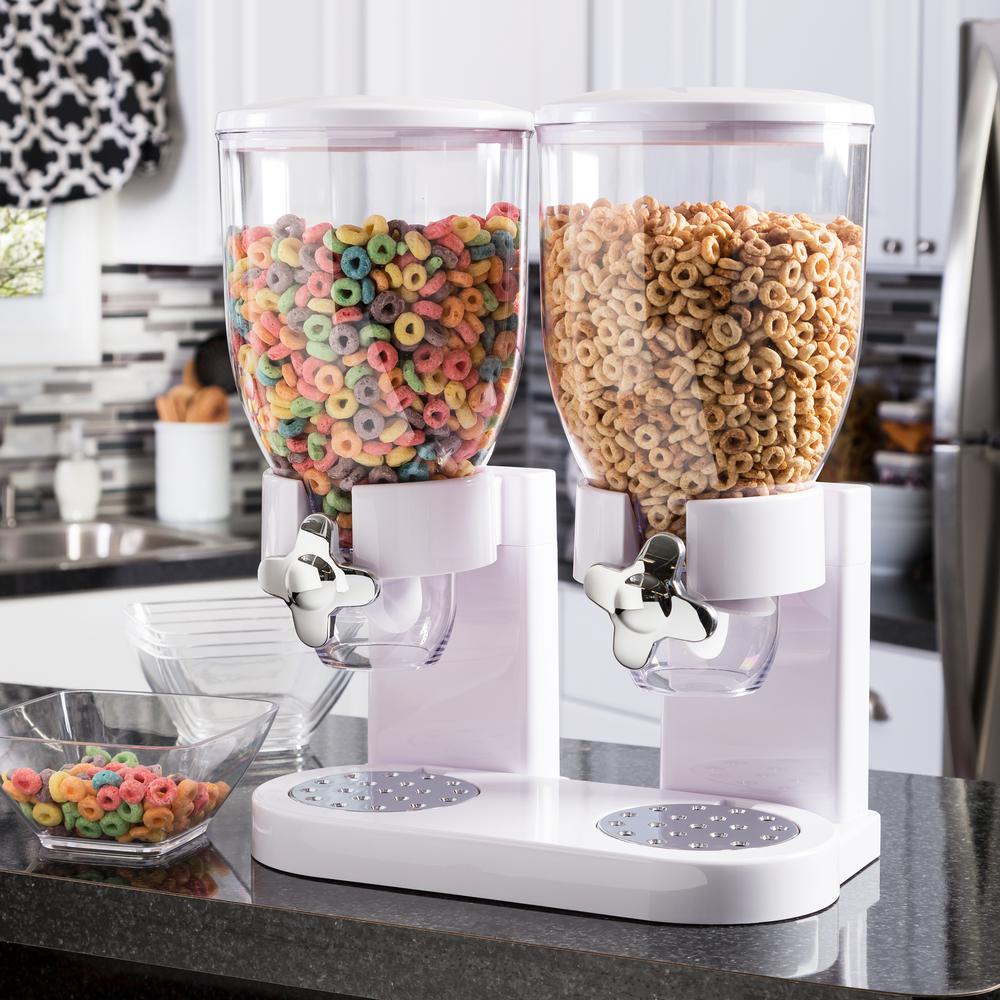Can Sex Sell Eco Friendly Food Dispenser?
페이지 정보
Zachery 작성일24-10-21 01:43본문
Introduction:
In this case study, we delve into the implementation and effectiveness of an eco-friendly food dispenser system. With the unprecedented rise in global population and subsequent increase in waste production, there is an urgent need for sustainable solutions across various industries, including our food consumption patterns. This case study delves into a novel approach to ensuring sustainability in the food industry through the use of eco-friendly food dispensers.

In this case study, we delve into the implementation and effectiveness of an eco-friendly food dispenser system. With the unprecedented rise in global population and subsequent increase in waste production, there is an urgent need for sustainable solutions across various industries, including our food consumption patterns. This case study delves into a novel approach to ensuring sustainability in the food industry through the use of eco-friendly food dispensers.

- Background:
- 1 Global Environmental Challenges: The world is facing an unprecedented environmental crisis, with pollution, deforestation, and waste management emerging as major concerns. Food packaging accounts for a significant portion of this waste, contributing to the worsening environmental scenario.
- 2 Demand for Sustainable Solutions: As consumer awareness regarding environmental issues increases, the demand for sustainable alternatives rises. The food industry is no exception, prompting the development and implementation of eco-friendly food dispensers.
- Objectives:
- 1 Develop an eco-friendly food dispenser system: The objective is to create a system that significantly reduces the use of single-use plastic packaging and encourages the use of reusable containers.
- 2 Minimize environmental impact: The food dispenser system aims to decrease food waste, reduce carbon emissions associated with packaging production and transportation, and promote responsible consumer behavior.
- 3 Increase consumer engagement: By offering a convenient and eco-friendly alternative, the food dispenser system seeks to engage consumers in sustainable practices while fulfilling their needs.
- Methodology:
- 1 Initial Research and Planning: A team of experts conducted extensive research on existing eco-friendly food dispenser systems and identified potential challenges and benefits associated with their implementation.
- 2 Pilot Testing: The selected system was tested in selected pilot locations, including cafes, canteens, and corporate offices, to assess user experience, operational efficiency, and environmental impact.
- 3 Data Collection and Analysis: Data on food waste reduction, packaging usage, consumer feedback, and operational costs were collected and analyzed to evaluate the system's effectiveness.
- 4 System Refinement and Implementation: Based on the pilot testing results, necessary improvements were made to the system before its widespread implementation.
- Results:
- 1 Reduction in Plastic Waste: The eco-friendly food dispenser system successfully reduced the use of single-use plastic packaging by 70% during the pilot phase, leading to a substantial reduction in plastic waste generation.
- 2 Minimized Carbon Footprint: By eliminating the need for excessive packaging, the system significantly reduced the carbon emissions associated with traditional food distribution, lowering the ecologtem's effectiveness. By addressing challenges and adopting supportive measures, the transition towards sustainable food dispensing can be accelerated, paving the way for a greener future.
댓글목록
등록된 댓글이 없습니다.

















